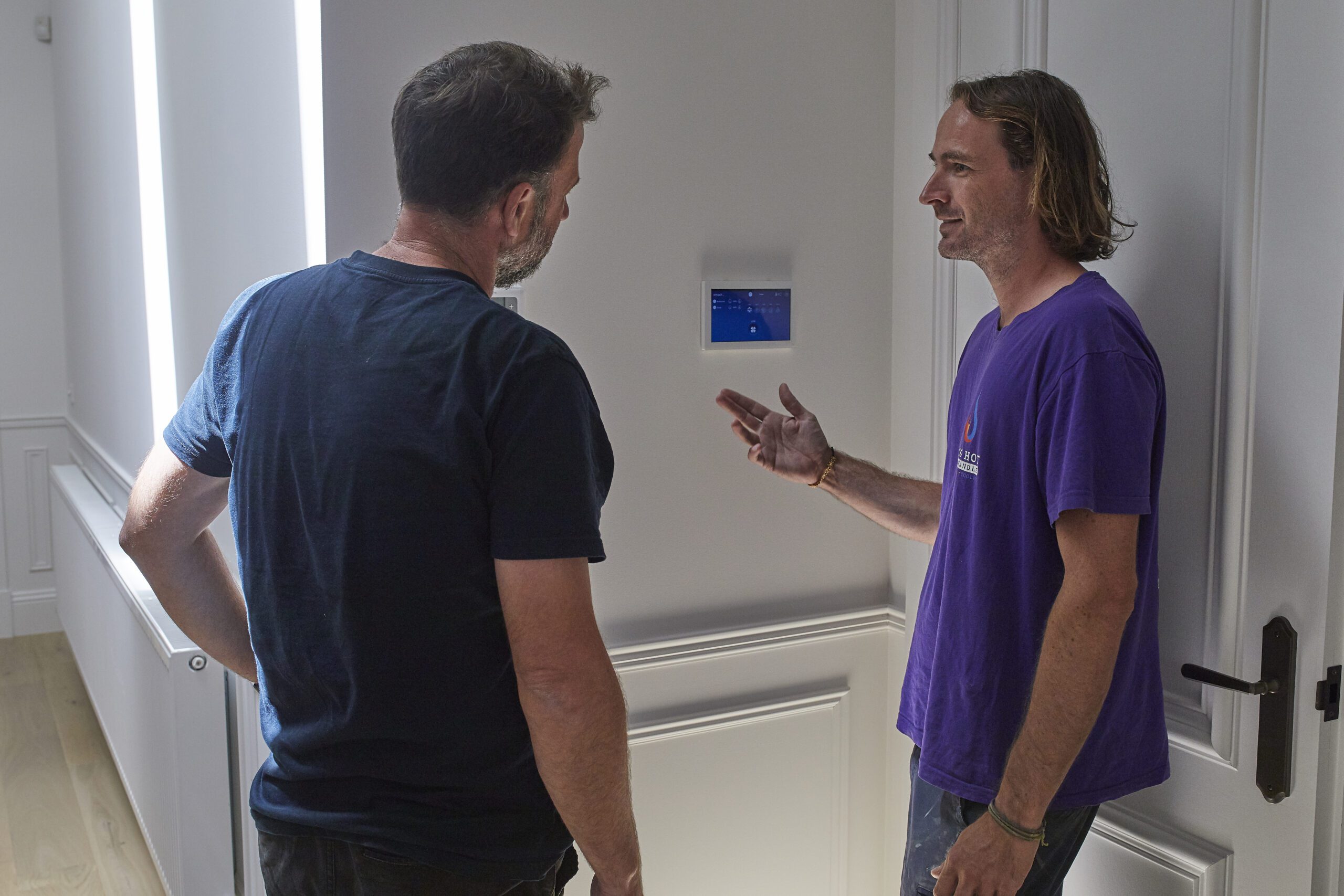As the leaves change colour and the air chills, it’s crucial to turn our attention to preparing our homes for winter. Our pre-winter checklist focuses on getting your ducted heating system in top shape, ensuring it’s efficient, reliable, and ready to tackle the cold months ahead.
Winter is only a few months away, and it’s time to talk about getting your house ready for those colder months. Let’s be honest, no one likes to wake up to a cold house or deal with heating hiccups when it’s freezing outside. That’s where our handy pre-winter checklist comes into play, specifically focusing on your heating system. It’s not just about staying warm; it’s about doing it efficiently and keeping those issues at bay.
Inspect your ducted heating system
Start with a visual inspection of your entire ducted heating system. Look out for any signs of wear and tear, such as rust, leaks, or any unusual noises when the system runs. It’s like playing detective, but instead of solving mysteries, you’re spotting potential problems! Don’t forget to check your thermostats and control systems to ensure they’re working correctly. If anything seems off, it might be time to call in the pros.
Replace or clean your filters
This one’s a no-brainer but often overlooked. Dirty filters are the arch-nemesis of heating efficiency. They make your system work harder, which, in turn, cranks up your energy bill. Aim to replace or clean (if you have reusable ones) your filters every 1-3 months during the heating season. It’s a small step that can lead to big savings and ensure you’re not left out in the cold.
Consider a professional inspection
Sometimes, you gotta call in the cavalry. Having a professional HVAC technician inspect your ducted heating system can catch issues you might miss. They can perform a thorough check-up, including testing for carbon monoxide leaks, ensuring your system operates safely and efficiently. Think of it as a health check-up for your heating system – prevention is better than cure!
Seal leaks and insulate
Your heating system can be top-notch, but if your house is leaking warm air like a sieve, you’ll still feel the chill. Use weather stripping around doors and windows, and consider adding insulation where needed, like in your attic or basement. Sealing leaks is like putting on a warm winter coat for your house. It keeps the heat in and the cold out.
Upgrade your thermostat
If you’re still rocking an old-school thermostat, upgrading to a programmable or smart thermostat can be a game-changer. It allows you to set your heating to turn on and off based on your schedule, ensuring you’re not wasting heat when you’re not home. Plus, who doesn’t love coming back to a warm home without having the heat running all day?
Educate your household
Let’s not forget the human element. Educate everyone in your home about the importance of keeping doors and windows closed and not cranking up the heat unnecessarily. Every little bit helps in maintaining an efficient and effective ducted heating system.
Wrapping it up
Preparing your heating system for winter doesn’t have to be a daunting task. By following these steps, you can ensure your system is efficient, safe, and ready to keep you warm all winter long. Remember, a little preparation goes a long way in preventing mid-winter breakdowns and keeping those energy bills in check.
Still have questions? Here are some FAQs:
How often should I have my ducted heating system professionally inspected?
It’s a good idea to have it inspected at least once a year, ideally before the heating season begins.
Can sealing leaks really make a difference in my heating efficiency?
Absolutely! Sealing leaks and insulating your home can significantly reduce heat loss, making your heating system work less to keep you warm.
What’s the best way to maintain my thermostat for winter?
Make sure it’s programmed correctly for your schedule, and don’t set it too high. A comfortable and energy-efficient indoor temperature is around 20°C when you’re at home and awake.
And Lastly…
Remember, winterising your heating system is not just about staying warm; it’s about doing so efficiently and safely. Taking these steps can ensure you enjoy a cosy, worry-free winter. Now, doesn’t that sound nice?
Got any more questions or need further assistance? Feel free to reach out or check out more of our tips and tricks for staying warm and efficient this winter. Stay toasty!
